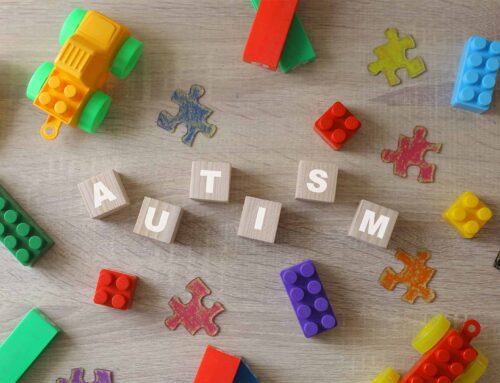Speech sound disorders (SSDs) are a common developmental concern affecting children’s ability to produce speech sounds correctly. This can manifest in various ways, impacting a child’s communication and potentially causing frustration. This blog aims to provide a neutral and objective overview of SSDs, including their types, causes, and available support options.
What are Speech Sound Disorders?
SSDs encompass a range of difficulties children experience in producing speech sounds typically mastered by a certain age. These difficulties can involve:
- Articulation errors: Incorrect formation of specific sounds, such as substituting “w” for “r” (“wabbit” instead of “rabbit”).
- Phonological errors: Consistent and predictable sound substitutions or omissions based on patterns, like leaving final consonants off words (“ca” instead of “cat”).
- Apraxia of speech: Difficulty planning and coordinating the movements needed for speech production, resulting in inconsistent sound errors.
Types of Speech Sound Disorders
Two main categories exist within SSDs:
- Articulation disorders: These involve difficulty producing specific sounds due to problems with muscle control, oral structure, or motor planning. This is the most common type of SSD.
- Phonological disorders: These involve consistent patterns of sound errors that are not based on individual sound production issues. Children with phonological disorders may substitute, omit, or add sounds in predictable ways.
Causes of Speech Sound Disorders
The exact cause of an SSD can vary. Some potential contributing factors include:
- Developmental delays: Speech development may progress at a slower pace in some children.
- Oral-motor difficulties: Weak or incoordinated muscles in the mouth and face can impact sound production.
- Hearing impairments: Difficulty hearing speech sounds can affect a child’s ability to learn and produce them correctly.
- Structural abnormalities: Certain oral structures, like cleft lip or palate, can affect speech production.
- Neurological conditions: Conditions like cerebral palsy or developmental apraxia of speech can impact speech motor planning.
Identifying Speech Sound Disorders
Early identification is crucial for addressing SSDs effectively. Parents and caregivers can be alert for signs such as:
- Persistent sound substitutions or omissions beyond expected developmental milestones.
- Difficulty being understood by familiar listeners.
- Frustration or withdrawal due to communication challenges.
Seeking Help for Speech Sound Disorders
If concerns arise about a child’s speech development, consulting a speech-language pathologist (SLP) is recommended. SLPs are qualified professionals specializing in speech and language disorders. They can conduct a comprehensive evaluation to identify the type and severity of an SSD and develop a personalized intervention plan. Treatment approaches for SSDs often involve:
- Articulation therapy: Techniques to improve the production of specific sounds.
- Phonological therapy: Strategies to address patterns of sound errors.
- Oral-motor exercises: Strengthening and coordinating muscles used for speech.
- Family involvement: Strategies for parents and caregivers to support their child’s speech development at home.
Conclusion
Speech sound disorders are treatable with appropriate intervention. Early identification and collaboration with a speech-language pathologist can significantly improve a child’s speech communication skills and overall confidence.





Leave A Comment